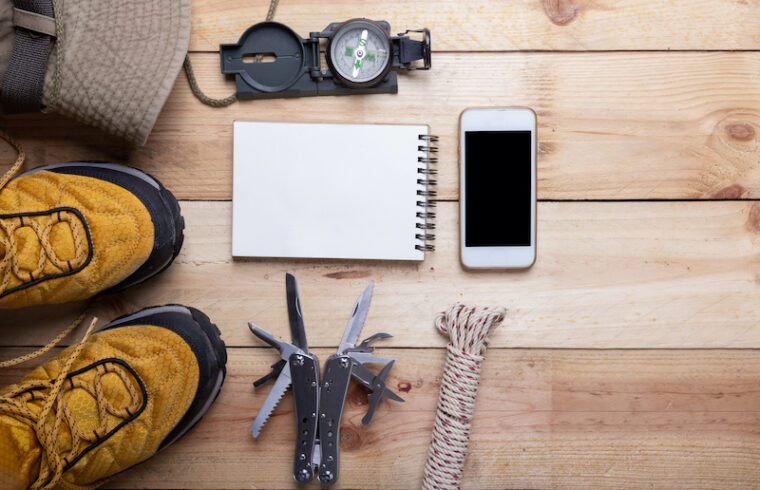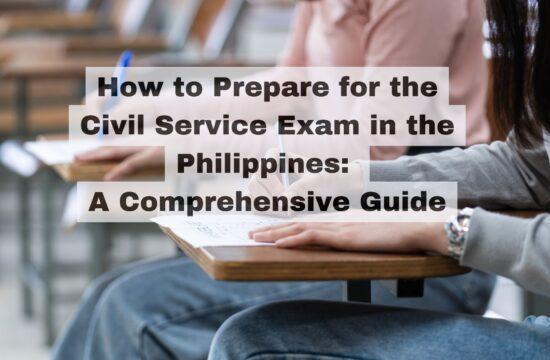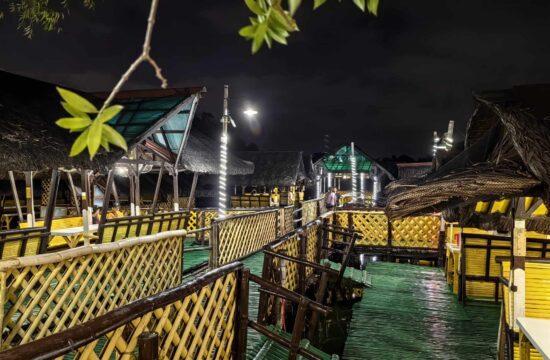Going off the grid is a dream for many people and not just those that live in remote places. Dwellers in the suburbs are also keen to cut ties with authority and plan for possible emergencies. After all, the past year has taught us that the unexpected can cause great disruption very quickly.
It’s not just about preparing for disaster, as it can also be a preferable way of life. For people who choose to live in a location that is largely off-grid, there are many factors to consider. In the following article, we look at what is essential for survival off the grid and add some advice on how to plan for a sustainable future.
Essentials for Survival
We are here to talk about survival gear and how to find the right stuff, and that link takes you to a reputable supplier of quality survival equipment and supplies that are worth checking out. Let’s now look at the essentials for off-grid living, starting with the obvious: Food.
Food Supplies
Think of survival food, and you immediately conjure up an image of a basement full of canned and packed items. That’s going to be a big part of your supplies should you need them, but it’s not sufficient for a healthy lifestyle. You can’t get all your calories and nutrients from that stash – whether just for you, for two, or a family – and it’s expensive to build up. So what’s the answer?
The survival garden! Designate a part of your land – no matter how large or small – to growing crops such as potato, carrots, beets, and beans, all of which can be safely stored. Any other vegetables you and the family eat should also be considered. Growing may take some getting used to, but once you have it sorted, you have a sustainable supply of extra food.
Generating Power
The next problem to surmount is that of generating electricity for heat, light, and cooking. There is always the option of a diesel or gas generator, but they need access to fuel which is likely to be difficult in some circumstances. You could install a wind turbine – in fact, we recommend you do – but it’s reliant on the wind being sufficient.
This why the answer may be a combination of a wind turbine and a solar powered generator. The latter are clever machines that use the sun’s rays to generate electricity in a battery storage and replenish it every day. Affordable and surprisingly effective, this combination gives you two sustainable power sources working alongside each other and is difficult to beat.
Clean Water
The third essential is a source of clean water. Whether you’re getting your water from a well or another watercourse, you can practically guarantee it will contain pollutants. This could be in the form of heavy metals or pesticides that are in the ground, as well as many other microscopic items that you don’t in your water.
You need to install a water filter either at the source or where the water comes into the home in order to ensure that it is safe for use. There are many models available at sensible prices, so check them out now and see which is right for you.
Conclusion
The above are the three essential areas that are key to going off-grid, and you can add clothing, bedding, and a roof over your head to those. If you’re looking for more information, check out the link we gave you, and you’ll find plenty of inspiration among their stock of excellent survival products.




















